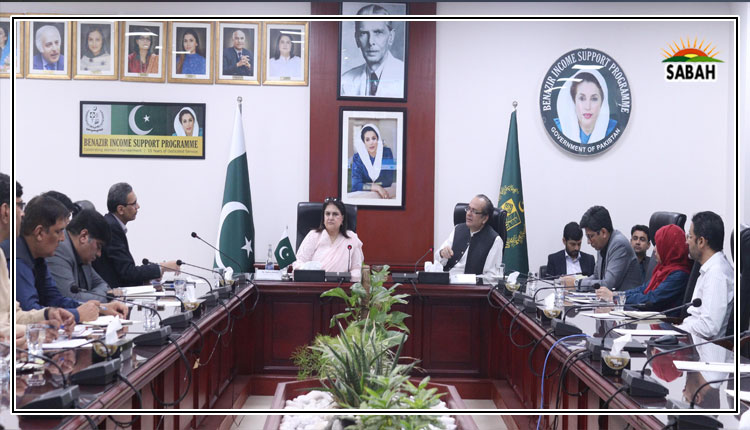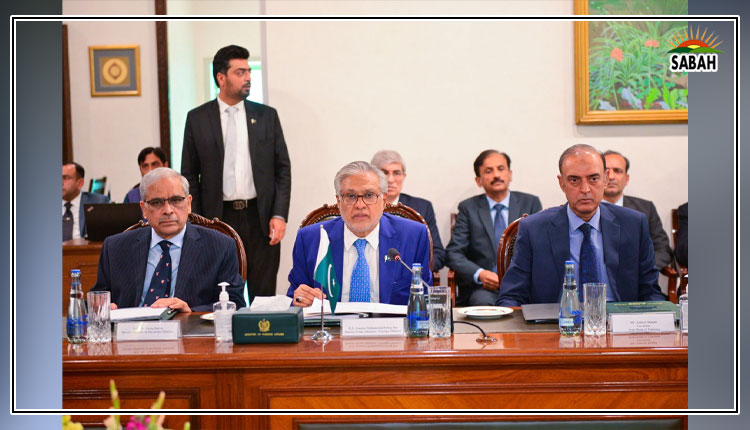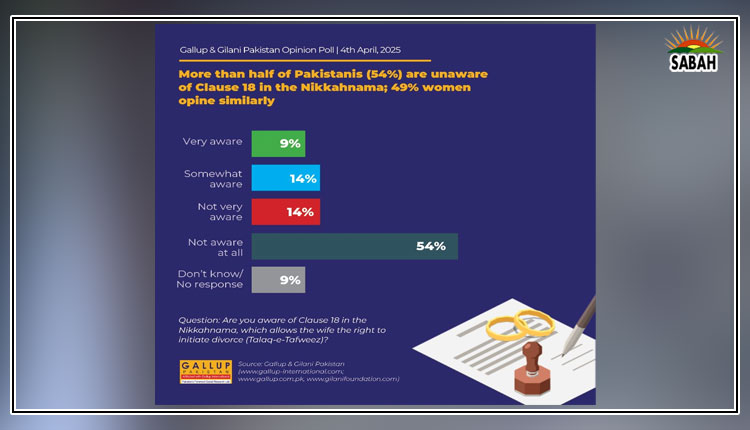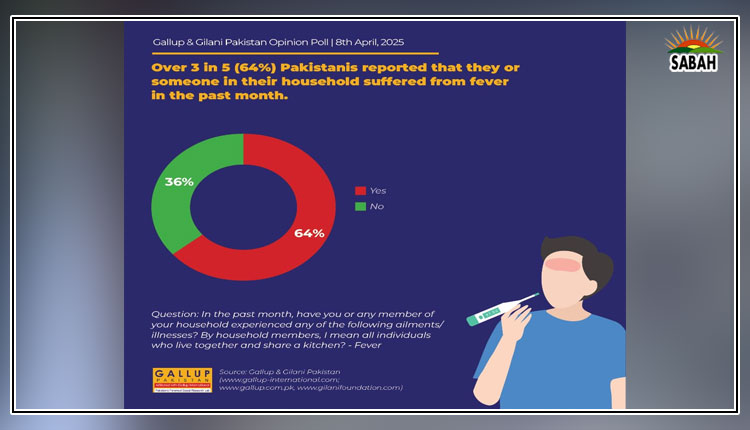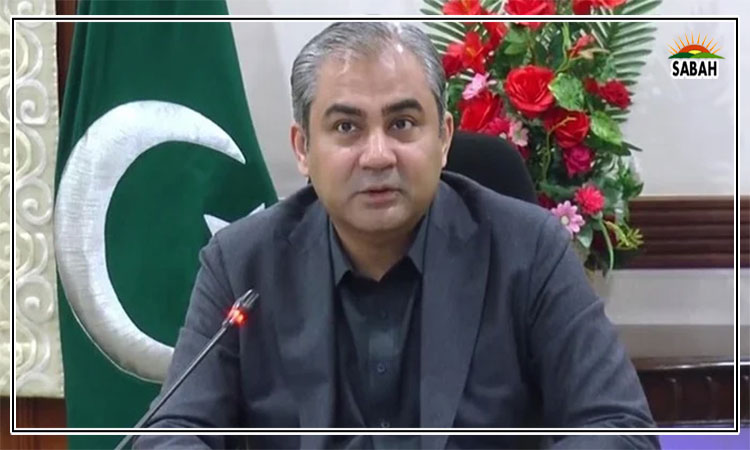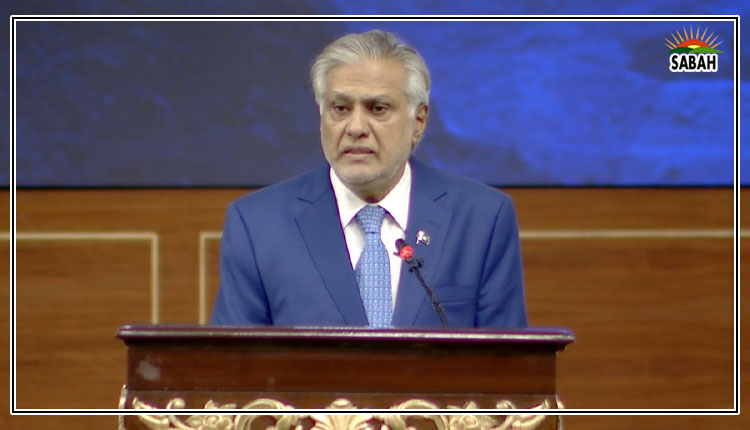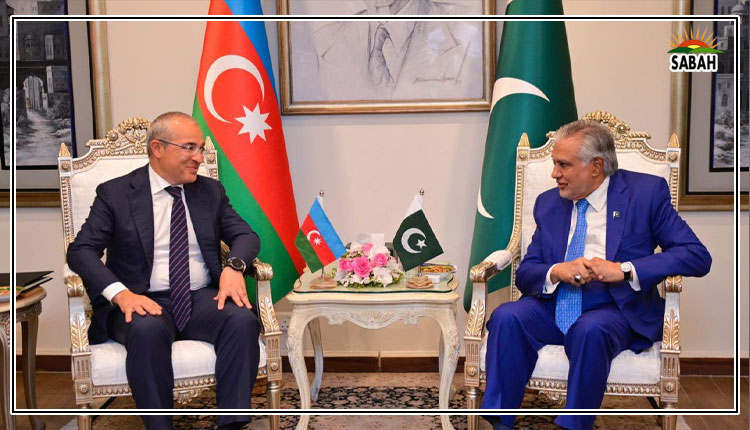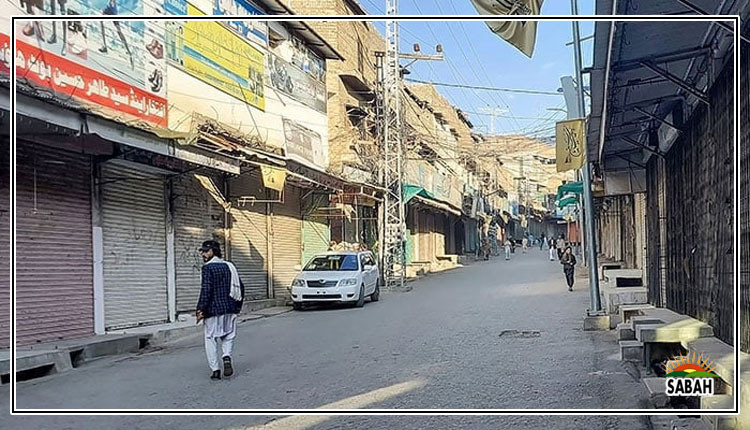The Kurram conundrum … Hina Ayra
The Kurram district, situated in Khyber Pakhtunkhwa, has historically been a region of considerable strategic significance and cultural depth. Nestled along the western frontier, it shares a volatile border with Afghanistan, which endows a central focus on it for geopolitical reasons.
Despite its importance, Kurram was excluded from the political process for nearly a century, a neglect that has profoundly affected its socio-economic development and national security. The origins of Kurram’s political marginalisation can be traced back to British colonial rule.
In 1892, the British established the ‘Kurram Agency’ under the Frontier Crimes Regulation (FCR), a repressive legal framework aimed at curtailing tribal autonomy and maintaining imperial control. The FCR denied residents essential political and civil rights, thereby isolating them from the mainstream governance structure.
Following Pakistan’s independence in 1947, Kurram continued to remain under the FCR, which precluded its integration into national politics and development initiatives. Successive governments largely ignored the incorporation of the region into the national mainstream, thereby perpetuating its isolation.
For over seventy years, Kurram’s inhabitants were deprived of representation in the national assembly and meaningful participation in state affairs. This exclusion has engendered a sense of alienation and mistrust toward the central government.
It was only in 2018, following the merger of the Federally Administered Tribal Areas (Fata) into Khyber Pakhtunkhwa, that Kurram began to experience a degree of political inclusion. The abolition of the FCR and the extension of constitutional protections to the region marked a significant turning point. However, the consequences of decades of neglect have left enduring challenges that continue to impede progress.
Kurram’s enduring political isolation has led to significant economic underdevelopment. Despite possessing valuable natural resources and substantial agricultural potential, the region ranks among the poorest districts in Pakistan.
Critical sectors such as education, healthcare, and infrastructure have experienced chronic underinvestment. The fertile valleys of Kurram, particularly Parachinar, are well-suited for agriculture, excelling in the cultivation of wheat, maize, and various fruits. Nonetheless, the absence of modern farming techniques, efficient irrigation systems, and reliable market access has impeded agricultural productivity.
Cross-border trade with Afghanistan, which presents a natural economic opportunity for Kurram, has also been adversely affected by ongoing border tensions and insufficient infrastructure. The dearth of industrial development and limited access to vocational training has made many residents dependent on subsistence farming or low-wage employment.
Elevated unemployment rates and pervasive poverty have intensified social challenges, including the radicalisation of young people. Infrastructure in Kurram, including roads, educational institutions, and healthcare facilities, remains subpar compared to national standards. The region’s challenging terrain and ongoing security concerns have further obstructed the implementation of infrastructure projects. This lack of connectivity not only constrains economic prospects but also isolates Kurram from the broader national landscape.
Kurram’s strategic location along the Durand Line, which serves as a contentious border with Afghanistan, positions it as a critical security hotspot. Pakistan’s security establishment has historically struggled to formulate a comprehensive policy aimed at securing its borders, particularly in volatile regions such as the Kurram Valley.
This critical shortcoming has rendered the region susceptible to militant activities and the proliferation of weapons originating from the Soviet-Afghan War era. During the 1980s, the Kurram Valley, strategically located along the Afghanistan border, emerged as a transit point for the movement of arms and militants, primarily due to the US-backed mujahideen resistance against the Soviet Union.
Following the Soviet withdrawal, the region remained inundated with both weapons and fighters who either did not reintegrate into civilian life or were unable to do so. These factors have engendered a persistent security dilemma that successive Pakistani governments have inadequately addressed.
The porous border with Afghanistan has enabled militants to exploit weak governance frameworks, aided in the process by the absence of a robust border management strategy. Consequently, the Kurram Valley has frequently experienced sectarian violence, militant incursions, and cross-border attacks.
The lack of coordinated efforts to demilitarise the region or regulate the flow of arms not only aggravates local conflicts but also undermines Pakistan’s broader security objectives. Furthermore, the region’s challenging terrain and insufficient law-enforcement capabilities have created a safe haven for extremist groups, facilitating their regrouping, recruitment, and the launching of attacks both domestically and internationally.
The ongoing instability in Kurram has far-reaching implications for Pakistan’s economy and security. The district’s underdevelopment and unrest hinder investment opportunities and strain national resources.
In terms of security, Kurram serves as a frontline in Pakistan’s campaign against terrorism. The region’s proximity to Afghanistan renders it a crucial buffer zone, especially considering the Taliban’s resurgence in Afghanistan, which exacerbates regional instability. Effective management of Kurram is imperative for securing Pakistan’s western border and preventing the spillover of militancy.
A comprehensive approach is essential to address the challenges facing Kurram, integrating political, economic, and security strategies. Essential measures include strengthening local governance and ensuring representation within national and provincial assemblies to facilitate Kurram’s integration. Capacity-building initiatives for local leaders can enhance governance and address community grievances. These measures also include introducing advanced agricultural practices, improved irrigation systems, and access to credit to enhance agricultural productivity. Developing infrastructure, including roads, schools, and healthcare facilities, to improve connectivity and quality of life is also essential. Establishing special economic zones can attract investment and create employment opportunities.
Formalisation of trade with Afghanistan through secure border crossings and trade agreements can help stimulate economic activity. Initiating inter-sectarian dialogue to promote social cohesion, coupled with community-led peace-building efforts will be pivotal to addressing the root causes of sectarian violence. At the same time, the completion of the border fence and the establishment of formal checkpoints will go a long way to curtail illegal activities and enhance border management. Military efforts to dismantle militant networks should be coupled with simultaneous implementation of socio-economic reforms to address the underlying drivers of extremism.
At the same time, it is also critical to engage with Afghanistan and regional partners to collaboratively resolve cross-border challenges. Diplomatic initiatives, in this regard, can contribute to border stabilisation and foster regional cooperation.
Kurram’s historical isolation has resulted in underdevelopment and insecurity that continues to affect Pakistan’s economy and border stability. Mitigating these challenges necessitates a multifaceted strategy prioritising political inclusion, economic revitalisation, and robust security measures.
By investing in Kurram’s future, Pakistan can uplift a marginalised region while simultaneously enhancing its national security and regional standing. The integration of Kurram into the national mainstream is not only a matter of justice but also a strategic imperative for Pakistan’s stability and prosperity.
The cohesive implementation of these measures is crucial not only for achieving stability in Kurram and the areas along the Durand Line but also for safeguarding Pakistan’s territorial integrity and advancing national harmony.
Key components of this strategy should include the deployment of advanced surveillance technology, the enhancement of border fencing, the promotion of regional cooperation, and the initiation of development projects aimed at addressing the underlying causes of militancy. In the absence of these measures, the ongoing instability in the region will perpetuate challenges for Pakistan’s aspirations for peace and development.
Courtesy The News


